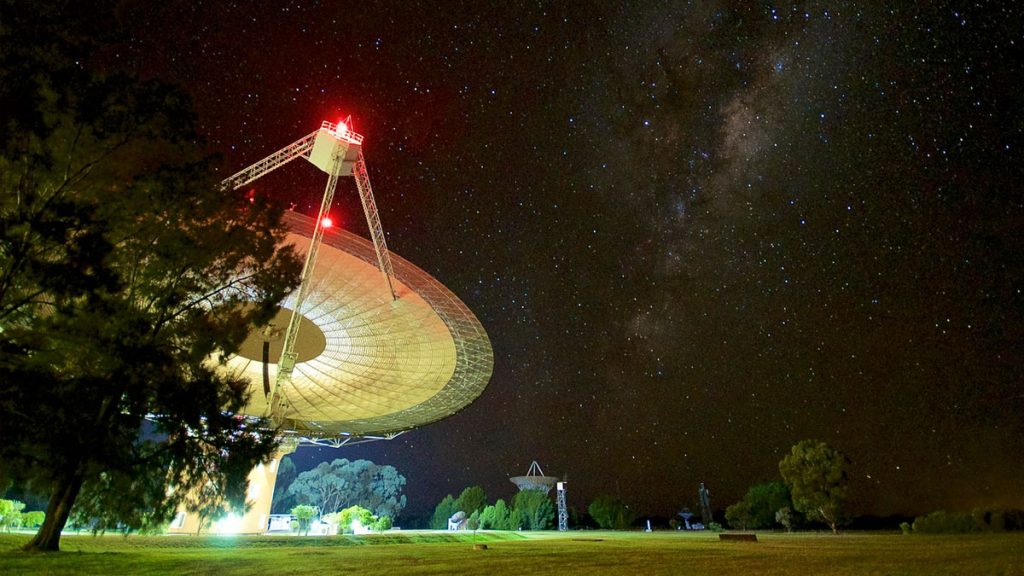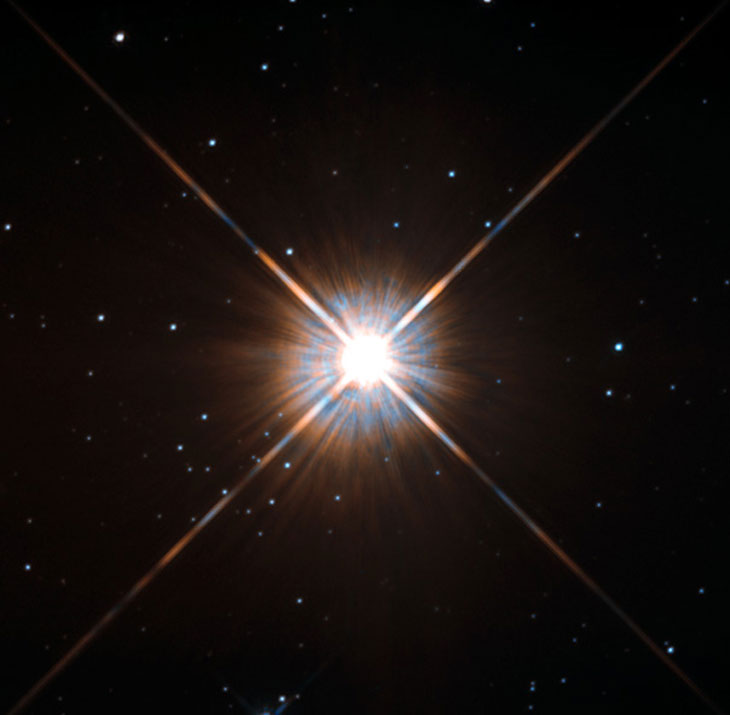
An international team of astronomers has announced the detection of a mysterious radio signal coming from Proxima Centauri, the star closest to our Solar System. Explanations.
A mysterious discovery
Any so-called manifestation of an extraterrestrial civilization must be taken with enormous tweezers. This is all the more true when the signal picked up is similar to a technosignature, that is, the sign of extraterrestrial technology rather than the ” simple »Presence of life beyond Earth. Therefore, the team of Breakthrough Listen was extremely cautious about this mysterious discovery, described in a research paper presented on the website of the Scientific American and to which the British daily The Guardian had access.
” Nobody claims it’s a technosignature », Underlines the astronomer Pete worden. ” But it turns out that the Breakthrough Listen project team has detected several unusual signals, the strongest and most persistent, coming from Proxima, and is now conducting a thorough investigation to determine their origin.. “
The researchers detected these signals by examining data collected by theParkes Observatory in Australia, as part of research conducted in 2019 on the powerful ejections of matter from the star Proxima Centauri. The signals of potentially alien origin identified by the team’s algorithms turned out to have come from human technologies (like satellites), with one exception.

This was emitted for about 3 hours and was concentrated in a very narrow range of wavelengths, not generally being used by our satellites and other spacecraft. First signal to pass the initial stages of the control protocol project Breakthrough Listen, specifically designed to eliminate emissions of terrestrial origin, the event was named Breakthrough Listen Candidate 1, or BLC1.
Different hypotheses considered
Project members urge caution, however, and point out that it is very likely that such signals will turn out to be radio interference from terrestrial technologies, rather than from a hypothetical alien civilization. The team is currently carrying out additional checks to determine the origin of BLC1. If the latter really came from Proxima Centauri, it would certainly be a fascinating discovery, since it is the closest stellar neighbor to our Solar System (4.2 light-years), which is home to at least one planet in addition to Proxima b.
” Proxima is also interesting because some researchers have speculated that while there is a lot of technology in the galaxy, sending the signal directly would be a fairly inefficient way to communicate over great distances. “, valued Jason wright of the’Pennsylvania State University. ” When you call someone, your smartphone does not send a radio signal directly to your correspondent’s device. “
According to the researchers, advanced extraterrestrial civilizations are indeed more likely to set up a network similar to an interstellar mobile phone system, with many interconnected nodes relaying messages across the galaxy. ” If this is the case, the signals would mainly come from nearby stars », Note Wright.

New answers expected in the coming months
It will take a few more months to know if the signal BLC1 was or was not of terrestrial origin, when the final work of the team will be published. However, the researchers specify that even if the signal did not come from interference produced by our own satellites or spacecraft, many other avenues will be considered before concluding that it emanated from extraterrestrial technology. In the meantime, the team intends to monitor closely Proxima Centauri.
We recall that a few days ago, researchers from theCornell University announced the detection of the first radio signal from an exoplanet. This one came from the star system Tau Bootis, located 51 light years away.
